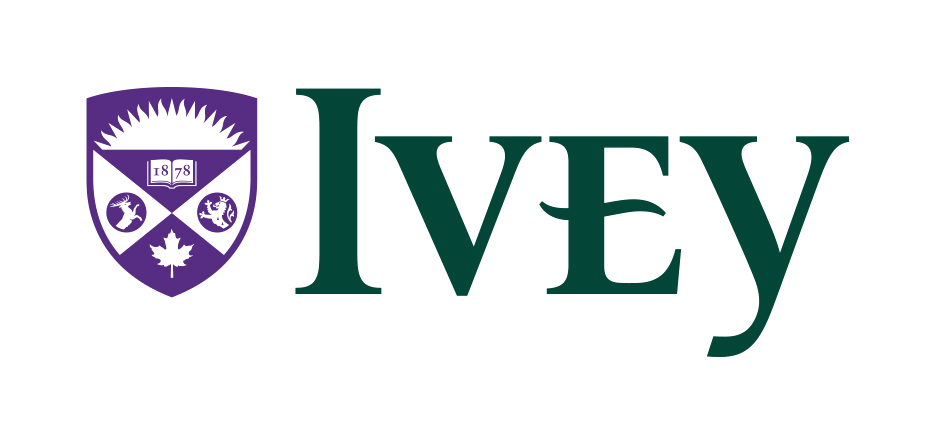9483
AiS
Session 6b


Joshua
Foster

Agenda
- Case: Performance Pay at Safelite Auto Glass.
- Addressing asymmetric information within company.
Why was the productivity of the installers so low in 1993?
What evidence is there for a motivation issue? The CEO seems to think this is a primary cause of the problem.
Is this an example of adverse selection or moral hazard?
If we fix the movation problem, is it clear sailing for Safelite?
How does turnover burden Safelite's business?
What is the Pay-to-Performance Plan (PPP)? How does it work?
Does this plan make installers better off or worse off?
How exactly do incentives change for installers?
Comparison: same vs. less guaranteed income.
Anticipated Effects of PPP.
Either:
- There is increased motivation among the existing employees.
- The new plan attracts new, better employees.
Managers of stores potentially had a strange incentive before the PPP. What was that?
Who thinks the PPP can motivate increased productivity?
What are some of the obstacles to higher productivity? Could some of these obstacles cause the plan to backfire?
Do you think the various team members will be able to negotiate through this difference in incentives?
Who can imagine the PPP motivating too much productivity? (i.e. produce a quantity over quality problem)
Is this concern big enough to want to scrap the whole plan? What modifications/details should be added to avoid this problem?
Installer productivity is very narrowly defined through the "number of windscreens installed per day" metric.
- What sorts of frictions/issues might we uncover from using this?
How will the attraction/retention of installers vary with these two compensation plans?
How would reducing the guaranteed wage magnify this attraction/retention?
Who thinks Safelite should lower the guranteed rate? Who thinks they should leave it as is?
Are there any other modifications you would recommend for the PPP?
Key takeaways.
- Principal-agent problems involve mis-aligned incentives between the owners of a firm and those hired to act on their behalf. These problems are exacerbated by the presence of asymmetric information.
- Safelite considered lowering their installers' guaranteed pay as a screening mechanism to avoid adverse selection.
- Safelite considered raising their installers' maximum pay to align their incentives with the company's, which would avoid moral hazard.